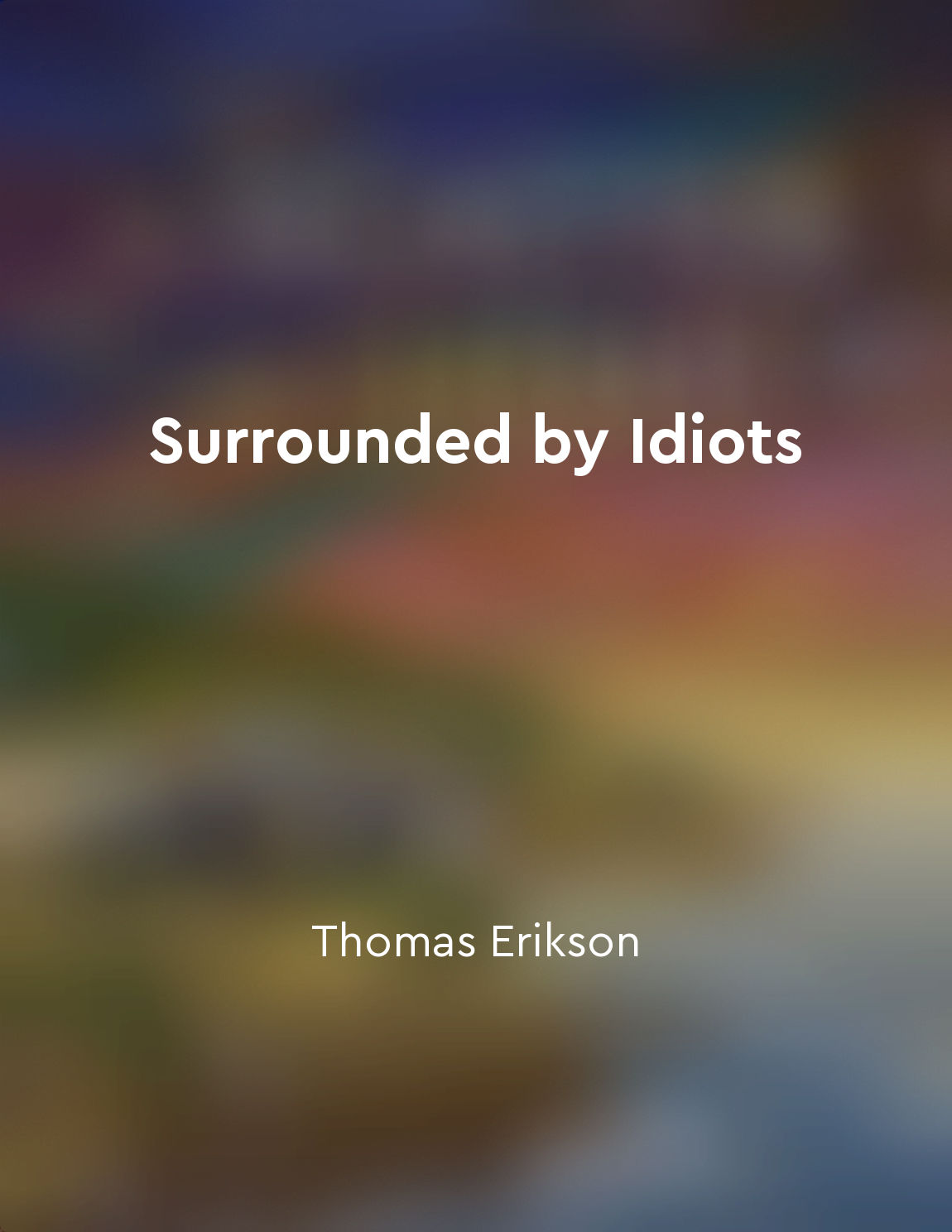Audio available in app
Highcontext vs low-context communication styles vary across cultures from "summary" of The Culture Map (INTL ED) by Erin Meyer
In some cultures, much of the message is implicit, relying heavily on nonverbal cues and context to convey meaning. This is what we call high-context communication. In these cultures, people tend to be more attuned to subtle signals and shared background knowledge, assuming that others will understand the unspoken messages behind their words. Japan, China, and many other Asian countries are known for their high-context communication styles. On the other hand, in low-context cultures, such as Germany, the United States, and Scandinavia, the message tends to be more explicit and direct. People in these cultures value clarity and precision in communication, often spelling out their thoughts and expectations explicitly. They rely less on shared context and nonverbal cues to convey their message, preferring to be straightforward and to the point. The differences between high-context and low-context communicat...Similar Posts
Be open to constructive criticism to grow and improve your communication skills
Constructive criticism is a valuable tool for personal growth and development, especially when it comes to improving communicat...
Cultivating emotional intelligence improves interpersonal relationships
Emotional intelligence is the ability to understand and manage one's own emotions, as well as to recognize and empathize with t...
Monitor progress and track improvement in speaking skills
As you work on enhancing your speaking skills, it is crucial to continuously observe and evaluate your progress. Monitoring you...

Continuously improve your conversational skills through practice and reflection
To truly master the art of conversation, one must be committed to a process of continuous improvement. This involves not only p...

Take responsibility for improving your own communication skills
If you find yourself surrounded by people who just don't seem to understand you, it might be time to take a good, hard look in ...
Use silence effectively in conversations
Silence is a powerful tool in conversations. It can create tension, allow for reflection, and give the other person the opportu...
Mirroring the nonverbal behaviors of others can improve communication
Mirroring the nonverbal behaviors of others can improve communication by establishing rapport and building trust. When you mirr...
Demonstrating respect is key in effective communication
Respect is not just a moral value, it is also a powerful tool in effective communication. When we show respect to others in our...
Ask openended questions to encourage conversation
To keep a conversation flowing smoothly, try asking open-ended questions. Open-ended questions are those that cannot be answere...
Develop rapport with your audience to enhance communication
To truly connect with your audience and communicate effectively, it is essential to establish a strong rapport with them. Devel...
